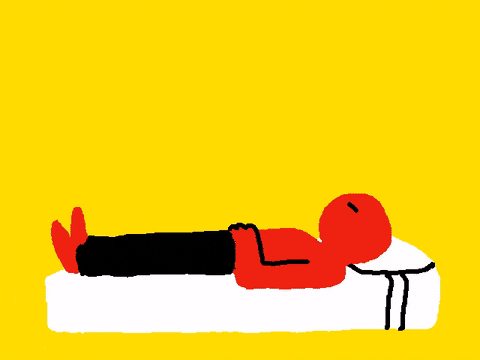Member-only story
This Is Your Brain On Lucid Dreaming
Research on the people who change the world in their sleep, and how to be one of them.

Lucidity sounds so ridiculous, fantastical and outlandish that the scientific community doubted it actually existed until a 1978 study proved that yes, it’s real.
“Lucidity, noun: The ability to think clearly, especially in intervals between periods of confusion or insanity.”
Lucid dreaming is attaining clarity and awareness inside the confusion of a dream. When a person attains lucidity in a night’s sleep, they are aware that they are dreaming.
There are different levels to this. Perhaps every few weeks, if we are lucky, most of us will have a moment in a dream where we question: wait a second. This isn’t real. Normally this moment slips away just as fast. We go back to accepting living in this city built underground, or that we’re at a Rihanna concert, or our old high school classmate is a lizard. (Knew it.)
A narrow majority of us — around 55% — have experienced at least one lucid dream in our lifetime. The frustrating part to the curious is, this isn’t on command, or regular enough to explore. Just a strange fluke.
